Felt books are more than just cute—they’re powerful learning tools for toddlers. These soft books are filled with interactive pages that help children learn through touch, movement, and imagination. In this blog, we’ll explore the top five educational activities commonly found in felt books.
1. Buttoning and Zipping
One of the most popular features is the inclusion of buttons, snaps, and zippers. These help children develop fine motor skills and learn practical life tasks such as dressing themselves. Plus, it’s fun!
2. Matching Colors and Shapes
Pages with removable shapes encourage children to identify colors, match patterns, and sort objects. This improves visual recognition and early cognitive development.
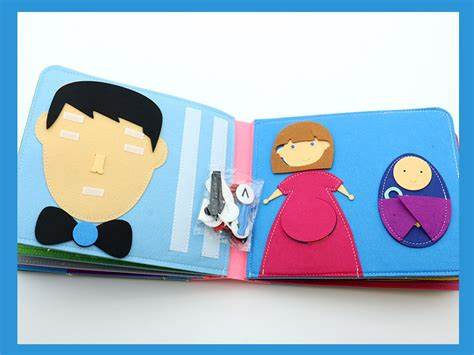
3. Counting and Numbers
Felt books often include pages for counting objects like apples, stars, or animals. This introduces early math skills in a playful context, preparing children for preschool or kindergarten.
4. Animal and Object Recognition
With themed pages such as farms, oceans, or kitchens, toddlers can learn to recognize and name animals and everyday items, boosting vocabulary and memory.
5. Storytelling and Sequencing
Some books include story scenes with movable characters. Children can act out short stories or create their own, promoting language skills and creativity. Sequencing events is also great for logical thinking.
Why These Activities Matter
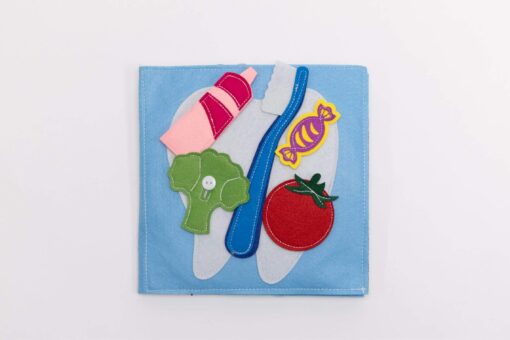
These seemingly simple tasks are more than play. They support early brain development, enhance problem-solving skills, and promote independence. They’re also screen-free and safe.
Conclusion
Felt books turn learning into an adventure. With five or more types of educational activities packed into one book, they’re an excellent addition to any child’s early learning toolkit.

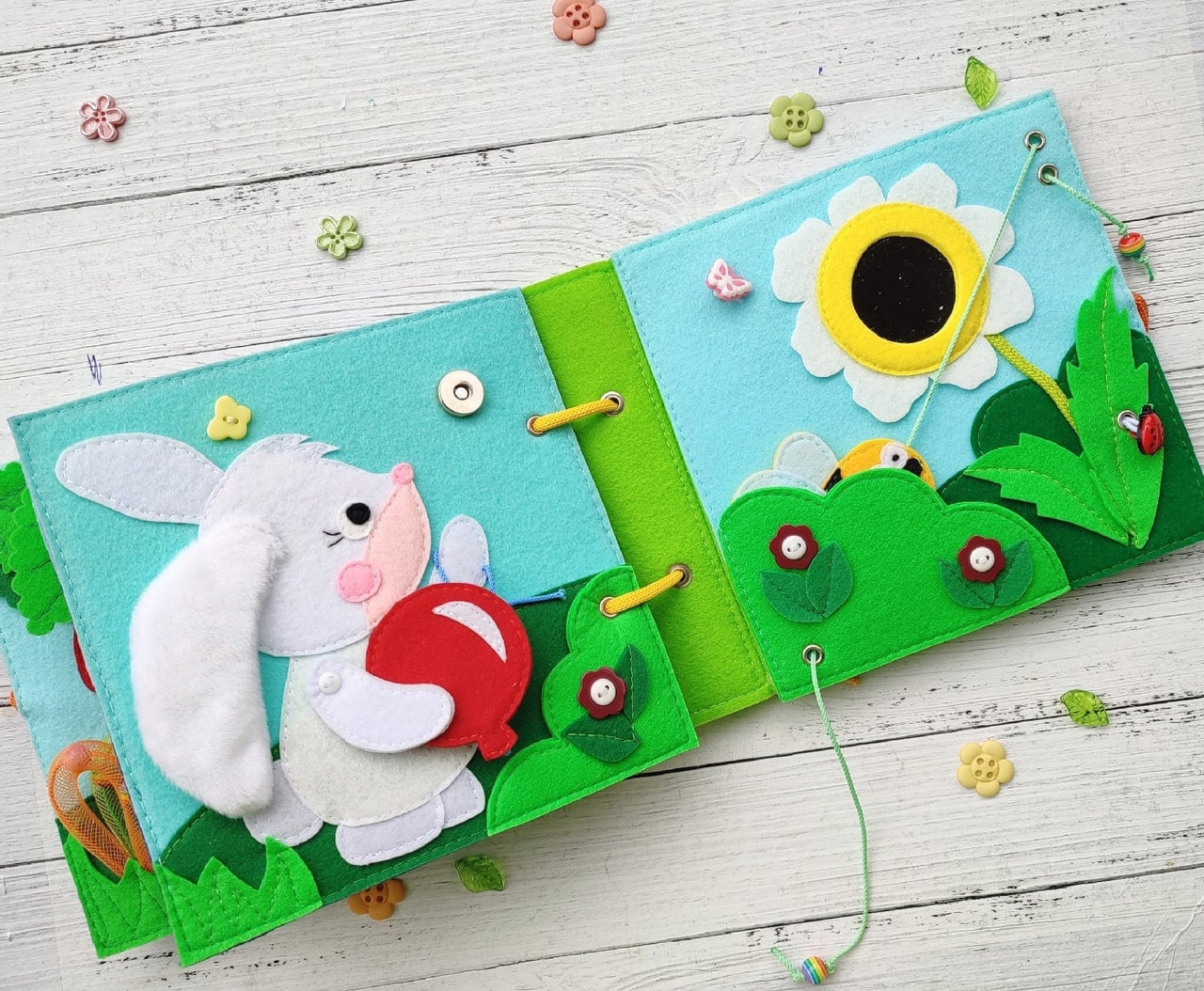
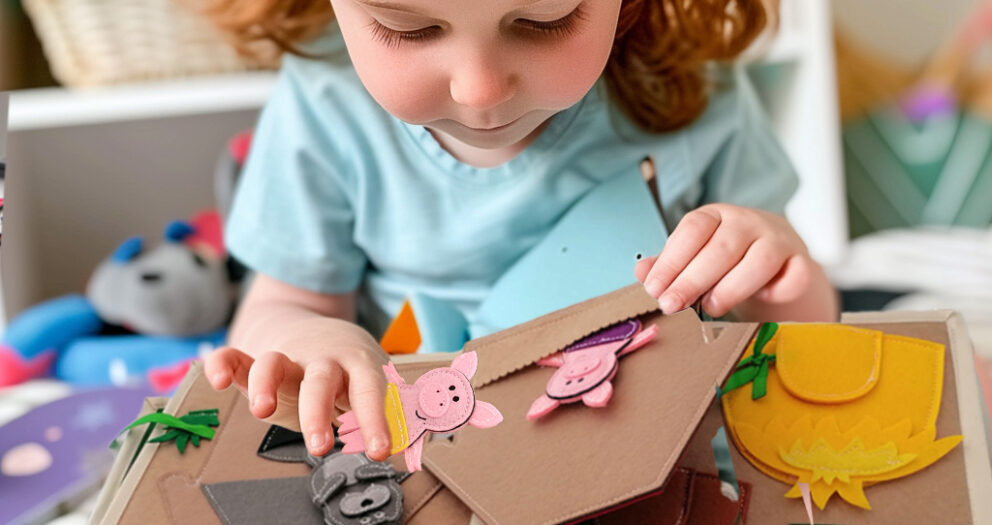
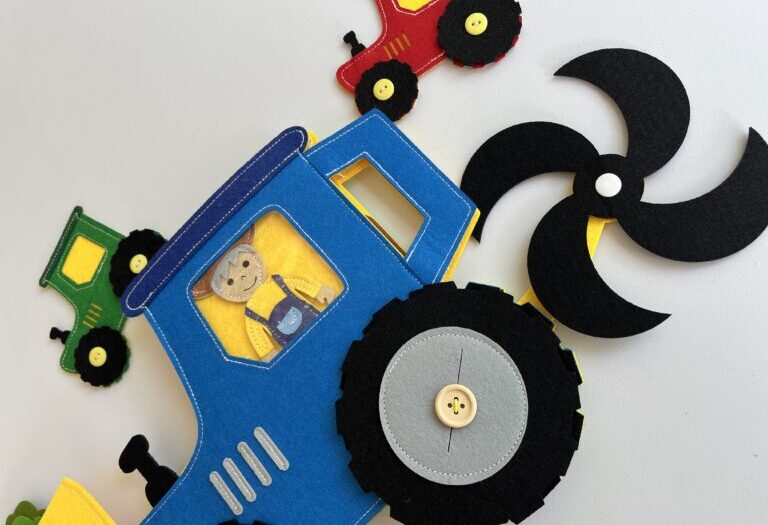
Write a comment
Your email address will not be published. All fields are required